One of the well-known engineering programmes is the MTech since it emphasizes innovation and improving upon current technology. It requires you to complete research projects and theses. MTech programmes are advantageous for both students who want to learn more about technology and working professionals who want to further their education in the engineering industry.
The student's professional objectives have the utmost influence on their decision to pursue an MTech. It is preferable to take MTech after BTech if the applicant wishes to further their career in the field of Technology in a particular stream of Engineering.
This article briefs you about what MTech is, why doing MTech projects are so important, MTech project domains, some of the top MTech Final Year Projects done by Takeoff Projects along with the top Projects for MTech Students.
What is MTech (i.e., Master of Technology)?
A postgraduate programme in engineering and technology is called as MTech (i.e., Master of Technology). After completing their BTech programme, students are showing interest in the engineering MTech programme. A wide range of specialities, including computer science, computers, civil engineering, mechanical engineering, automotive engineering, electronics and communications, among others, are also available as MTech degrees.
Why to do MTech Projects?
For some people, getting an MTech could seem like a faraway dream. We both agree that it takes work, money, time, effort, and devotion. However, there are several benefits associated with this degree, and post-graduation is crucial for individuals who want to improve their employment opportunities and pay.
Every student in their final semester will be required to complete a project. This is done to gauge the applicants' level of knowledge in addition to identifying the variety of potential applications for the subject.
MTech Project Domains
The MTech Projects have a variety of domains depending on the departments. The top MTech domains include:
Bigdata
Cloud Computing
Communication
Data mining
Digital Image Processing
Embedded Systems
Information Security
Mobile computing
Networking
Network Security
Power Electronics
Power Systems
VLSI Systems
Webservice and
Wireless sensor network
Few MTech Final Year Project Topics
This section gives the MTech project ideas for the MTech final year students based on the brief descriptions and explanations about the few MTech final year projects done by the Takeoff Projects.
Data Retention based Low Leakage Power TCAM for Network Packet Routing
The goal of this study is to lessen the leakage power dissipated in the TCAM memory by using a novel state-preserved approach called Data Retention based TCAM (DR-TCAM). Due to its superior lookup performance, the routing table makes extensive use of the Ternary Content Addressable Memory (TCAM). The power consumption of TCAM would be high, nevertheless, due to the high number of transistors. The DR-TCAM may dynamically change the power supply of the mask cells in order to lessen the TCAM leakage power based on the continuous characteristic of the mask data. In particular, the DR-TCAM would prevent the destruction of the mask data.
Click here for the detailed information of the project.
Parametric and Functional Degradation Analysis of Complete 14-nm FinFET SRAM
This study examines how ageing affects a full, high-performance industrial 14-nm FinFET SRAM. It examines the effects on the memory's functional (i.e., proper functioning) and parametric (i.e., its latency) metrics. It also looks into how the workload and environmental factors, such as temperature and voltage changes, affect the dependability of the memory and which components are the primary causes of this degradation. The influence of each memory component is examined in this publication independently, as is customary in earlier research, but it also considers how interactions between components affect the overall rate of memory ageing.
Click here for the detailed information of the project.
RandShift: An Energy-Efficient Fault-Tolerant Method in Secure Nonvolatile Main Memory
This work presents a straightforward but space- and energy-efficient approach for coping with stuck-at defects in secure-resistive main memory that are brought on by an endurance problem. A large number of memory locations with stuck-at faults might be used in the proposed approach to appropriately store the data by utilising both the random properties of the Advanced Encryption Standard (AES)-encoded encrypted data and a rotational shift operation. The suggested RandShift approach uses a one-time recalculation of the AES encryption for each piece of data sent to the PCM main memory, making it both easy to use and low-energy.
Click here for the detailed information of the project.
An Integrated Power Converter-Based Brushless DC Motor Drive System
For operating the brushless dc motors in this project, an integrated power converter with dc bus voltage boosting capabilities is suggested. Through a shared three-switch leg in the architecture, a bidirectional buck/boost dc-dc (BBD) converter may be combined with the three-phase voltage-source inverter (TVSI). One power switch and its associated drive circuits in the BBD converter component can be spared as compared to the conventional TVSI with a front-end BBD converter (TVSIBBD). Thus, the advantages of the integrated power converter include a smaller converter, cheaper system costs, and increased power density. Matlab/Simulink software may be used to assess the simulation results.
Click here for the detailed information of the project.
A High-Performance Core Micro-Architecture Based on RISC-V ISA for Low Power Applications
The RISC-V ISA-based high-performance microarchitecture in this project has been suggested. The main objective of many modern and futuristic applications is the design of high-performance computers with very low power requirements. In this article, a unique processor micro-architecture is developed that can meet these specifications. RISC-V Instruction Set Architecture serves as the foundation for this microarchitecture (ISA). The four-step pipeline design of the RISC V that is being suggested here uses extremely simple components to provide the greatest results. This design's dynamic power consumption is superior to that of the ARM Cortex-M3 and Cortex-M4, as well as lower than that of many other designs.
Click here for the detailed information of the project.
Joint Path Selection and Rate Allocation Framework for 5G Self-Backhauled mmWave Networks
In this research, a novel system architecture is presented to enhance the downlink transmission by utilising multiple antenna diversity, mmWave bandwidth, and traffic splitting algorithms. An upper delay bound restriction, network stability, and network dynamics are placed on the analysed issue, which is formulated as a network utility maximisation. The issue is divided into the I path selection and (ii) rate allocation sub-problems using stochastic optimization, and a framework is then presented that uses reinforcement learning to choose the optimal pathways.
Click here for the detailed information of the project.
Low-Power Multiplexer Structures Targeting Efficient QCA Nanotechnology Circuit Designs
This project uses the QCA cell to offer two distinct structures for 2 1 MUX designs. As a potential substitute for circuit design, QCA technology is regarded. As nm technology advances, CMOS implementations may be replaced by ones that are more energy-efficient, have higher integration densities, and have improved switching. For the purpose of developing QCA circuits, multiplexers (MUX) can be regarded as viable options. In terms of power usage, the suggested MUX performs better than the best existing design with approximations. In addition, compared to the present designs, comparable or higher performance factors in latency and area are obtained.
Click here for the detailed information of the project.
Top Project Topics for MTech Students
The MTech projects done by us for the final year MCA students are listed below. You can refer to these projects for MTech students so that you can get some clarity in doing your IEEE MTech projects.
Two-Stage OTA with All Subthreshold MOSFETs and Optimum GBW to DC-Current Ratio
A High-Efficiency Fast-Transient LDO with Low-Impedance Transient-Current Enhanced Buffer
A Reliable Low Standby Power 10T SRAM Cell with Expanded Static Noise Margins
Design and optimization of MIMO filter using current conveyor
A Low-Power and High-Accuracy Approximate Multiplier With Reconfigurable Truncation
CRC-Based Correction of Multiple Errors Using an Optimized Lookup Table
Novel VLSI Architecture for Fractional-Order Correntropy Adaptive Filtering Algorithm
Effective Hardware Accelerator for 2D DCT IDCT Using Improved Loeffler Architecture
Design of Approximate Radix-256 Booth Encoding for Error-Tolerant Computing
A Low-Power and High-Accuracy Approximate Multiplier With Reconfigurable Truncation
A High-Throughput VLSI Architecture Design of Canonical Huffman Encoder
Fast Binary Counters and Compressors Generated by Sorting Network
Constant-time Synchronous Binary Counter with Minimal Clock Period
Design of Two Stage Operational Amplifier and Implementation of Flash ADC
Fast Mapping and Updating Algorithms for a Binary CAM on FPGA
High-Speed Area-Efficient VLSI Architecture of Three-Operand Binary Adder
RandShift: An Energy-Efficient Fault-Tolerant Method in Secure Nonvolatile Main Memory
High-Speed and Area-Efficient Scalable N-bit Digital Comparator
Data Retention based Low Leakage Power TCAM for Network Packet Routing
A Low-Power High-Speed Sense-Amplifier-Based Flip-Flop in 55 nm MTCMOS
Low-Power Multiplexer Structures Targeting Efficient QCA Nanotechnology Circuit Designs
A High-Performance Core Micro-Architecture Based on RISC-V ISA for Low Power Applications
An Integrated Power Converter-Based Brushless DC Motor Drive System
Covert Wireless Communication in IoT Network: From AWGN Channel to THz Band
An improved Adaptive BeamForming Algorithm for 5G Interference-coexistence communication
Joint Path Selection and Rate Allocation Framework for 5G Self-Backhauled mmWave Networks
Conclusion
This blog article gives you about some basic meaning of the MTech projects. Then the reason behind their significance is also stressed in “Why to do MTech projects”. Then it gives brief explanations about the top MTech Final Year Projects. Then top Projects for MTech Students done by Takeoff Projects are provided at the end.
Why Takeoff Projects? How can it help with the MTech Projects?
Takeoff Projects has helped a lot of students accomplish their projects in a range of sectors. We can effectively finish your MTech projects for final year in the time provided. We also offer suggestions on how to increase the probability that your current MTech final year projects will be approved. You can choose your own MTech project ideas or get ideas from our list of IEEE MTech projects of final year.
Also check : M.Tech Electronics Projects
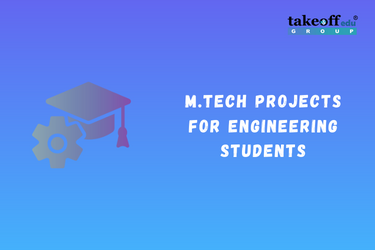
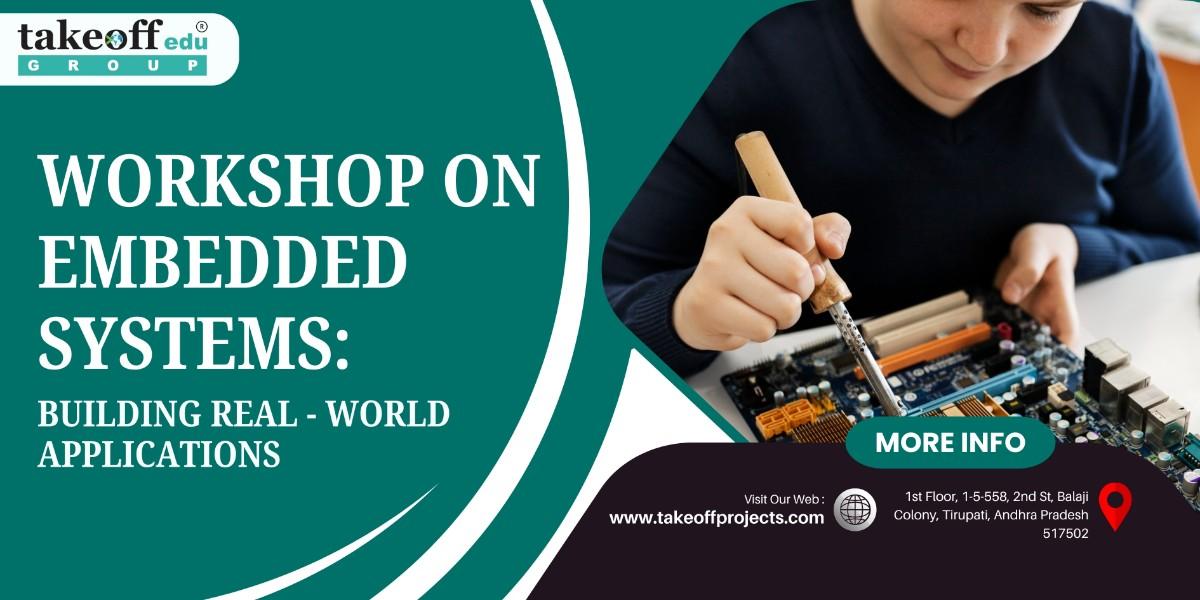 Workshop on Embedded Systems: Building Real-World Applications
Workshop on Embedded Systems: Building Real-World Applications  Top Internship Training & Certificate
Top Internship Training & Certificate  Internship Benefits Beyond the Resume: How It Shapes Your Career
Internship Benefits Beyond the Resume: How It Shapes Your Career  Turing Internship into Job Offers: Strategies for Success
Turing Internship into Job Offers: Strategies for Success  Day in the Life: A Glimpse into the Realities of Internship Experience
Day in the Life: A Glimpse into the Realities of Internship Experience  Internship Insights: What Recruiters Look for in Candidates
Internship Insights: What Recruiters Look for in Candidates  Why Internships Matter: Building Bridges to Your Future Career
Why Internships Matter: Building Bridges to Your Future Career  Smart Mirror Based on Raspberry Pi
Smart Mirror Based on Raspberry Pi 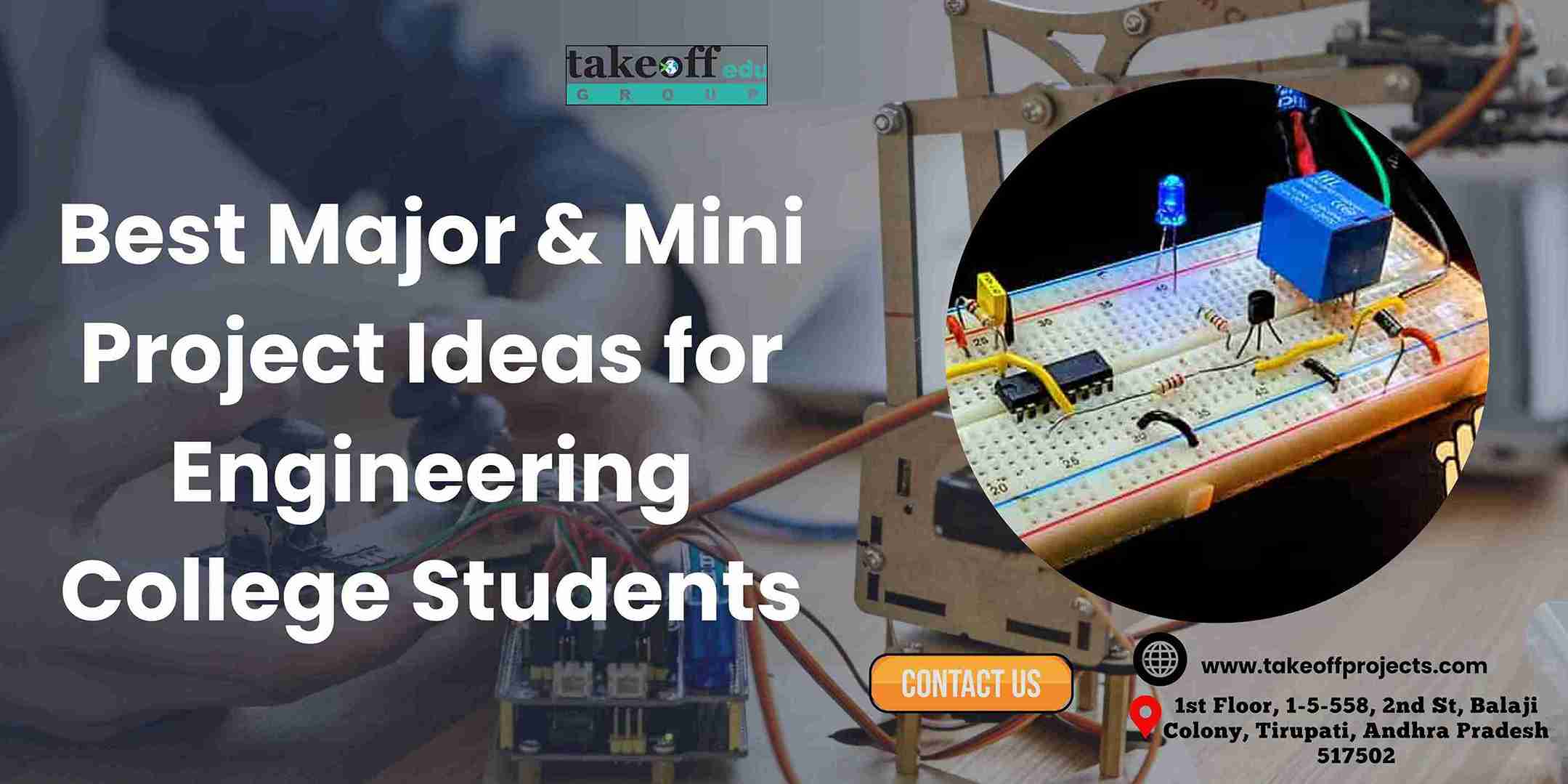 Best Major & Mini Project Ideas for Engineering College Students
Best Major & Mini Project Ideas for Engineering College Students  Top B.Tech/M.Tech Engineering Projects Consultants & Services
Top B.Tech/M.Tech Engineering Projects Consultants & Services 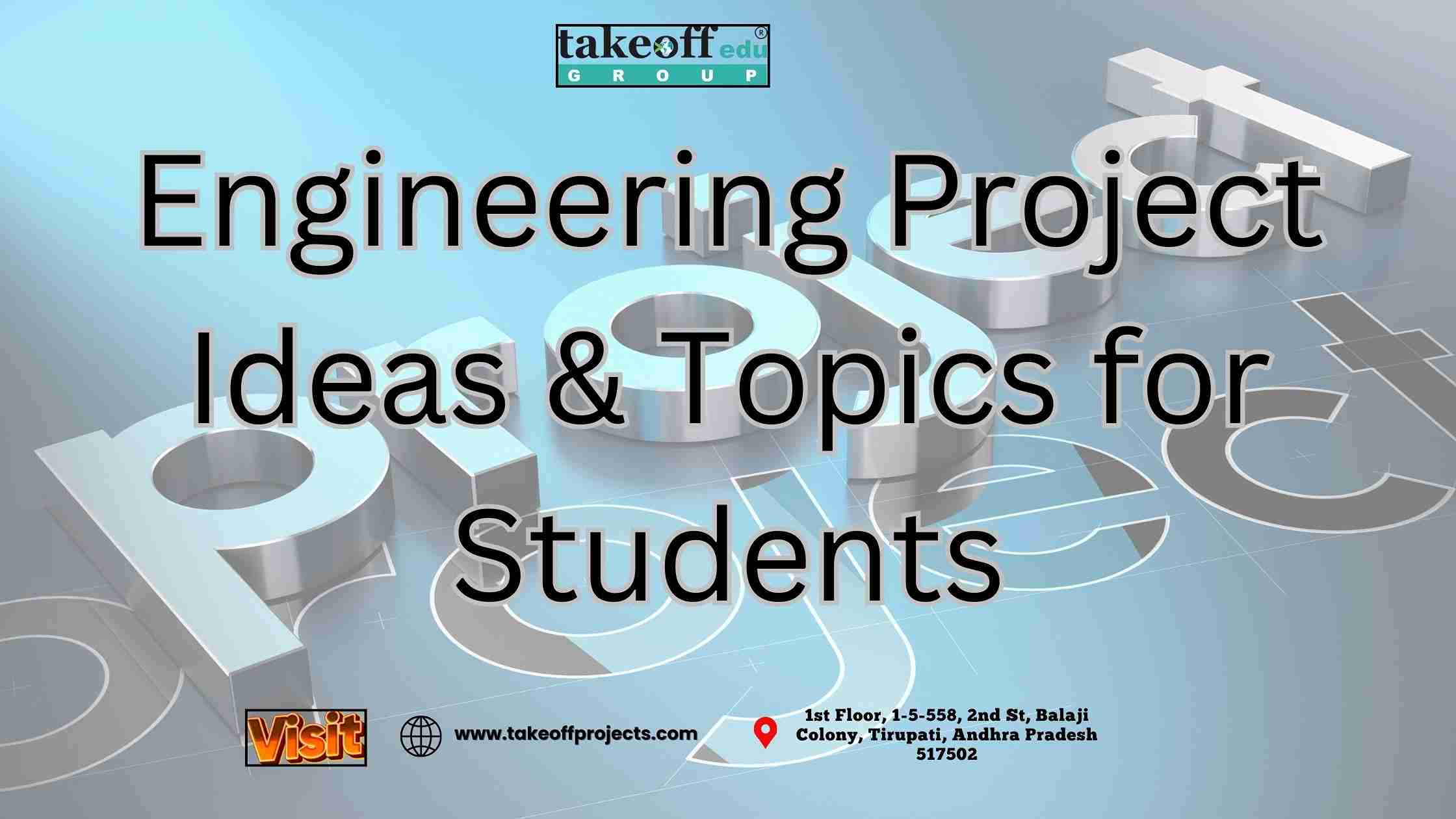 Engineering Project Ideas & Topics for Students
Engineering Project Ideas & Topics for Students  Engineering Procurement Construction (EPC) Project Services: Step By Step Guide
Engineering Procurement Construction (EPC) Project Services: Step By Step Guide  IEEE Projects in Tirupati
IEEE Projects in Tirupati 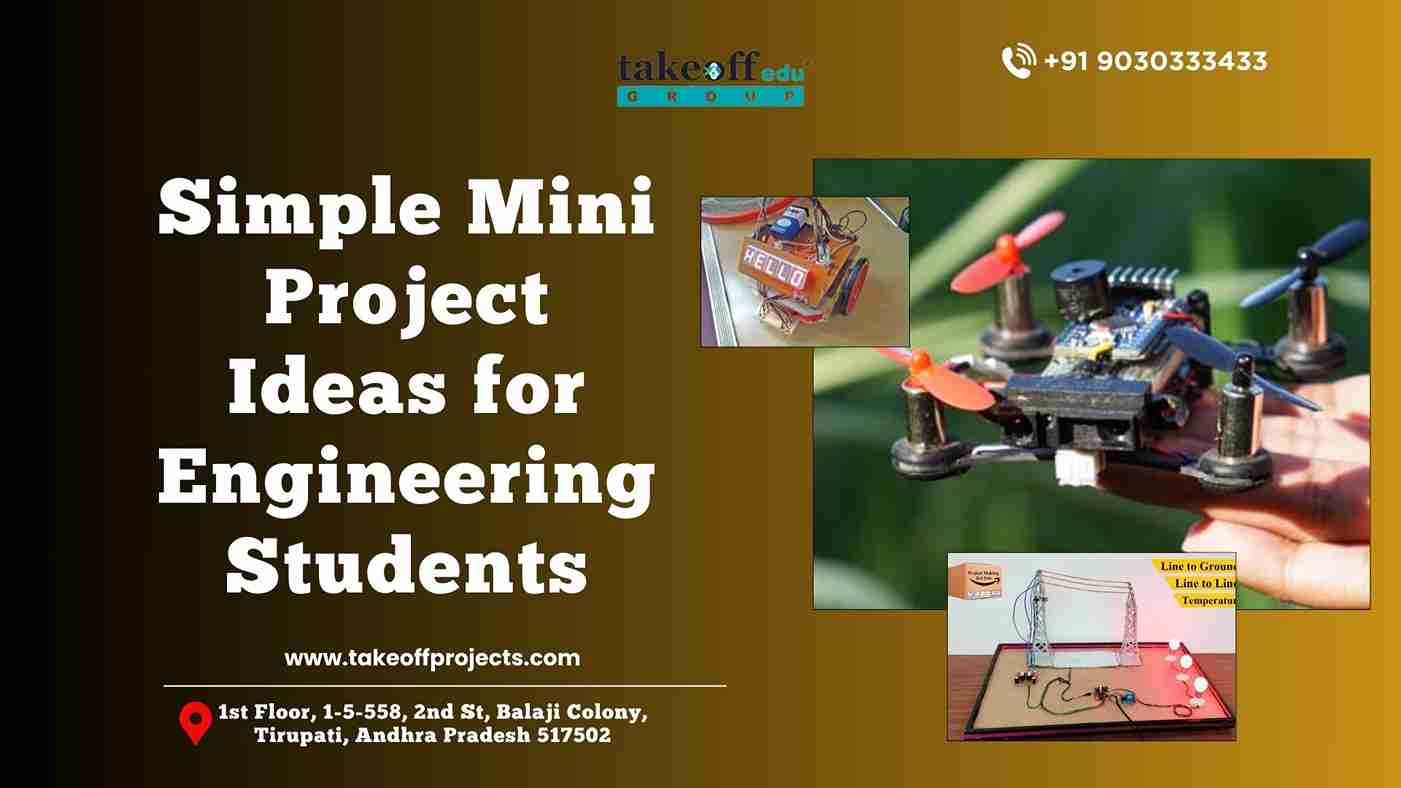 Simple Mini Project Ideas for Engineering Students
Simple Mini Project Ideas for Engineering Students 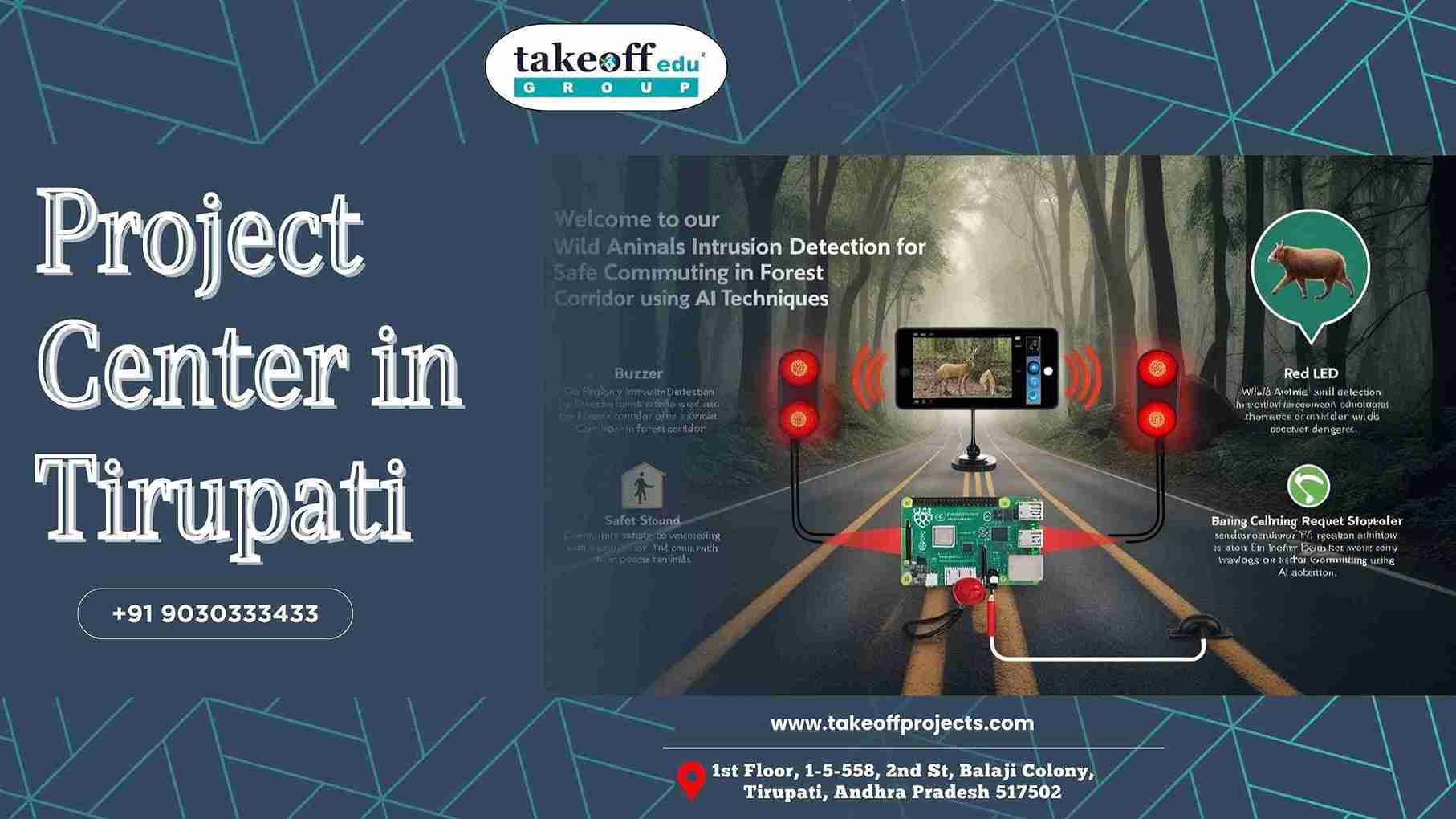 Project Center in Tirupati
Project Center in Tirupati  Top Engineering Project Consultants in Tirupati
Top Engineering Project Consultants in Tirupati 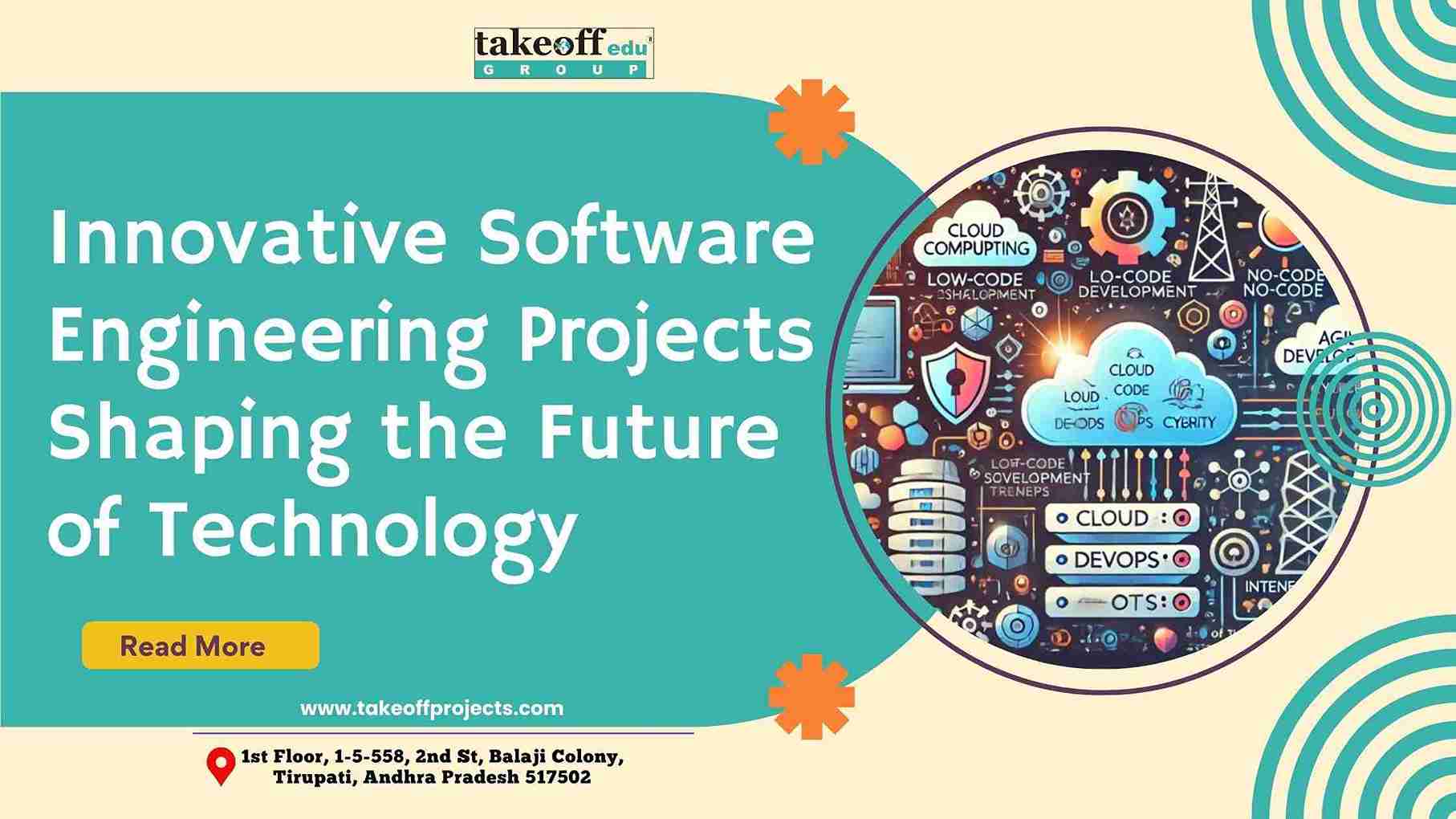 Innovative Software Engineering Projects: Shaping the Future of Technology
Innovative Software Engineering Projects: Shaping the Future of Technology 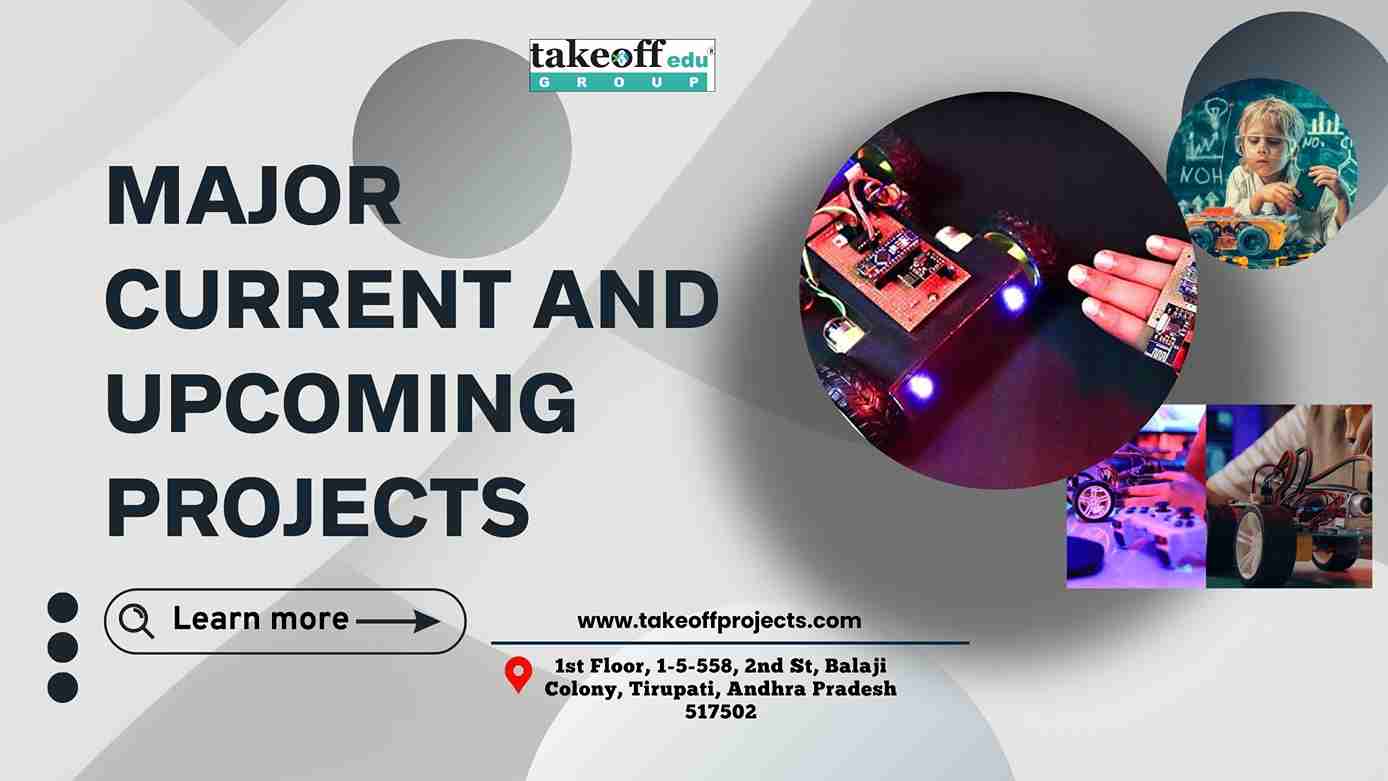 Major Current and Upcoming Projects
Major Current and Upcoming Projects  Best Project Management Consultant in Tirupati
Best Project Management Consultant in Tirupati  Top 10 Best Project Consultants in Andhra Pradesh
Top 10 Best Project Consultants in Andhra Pradesh  Best Project Consultancy in Tirupati
Best Project Consultancy in Tirupati 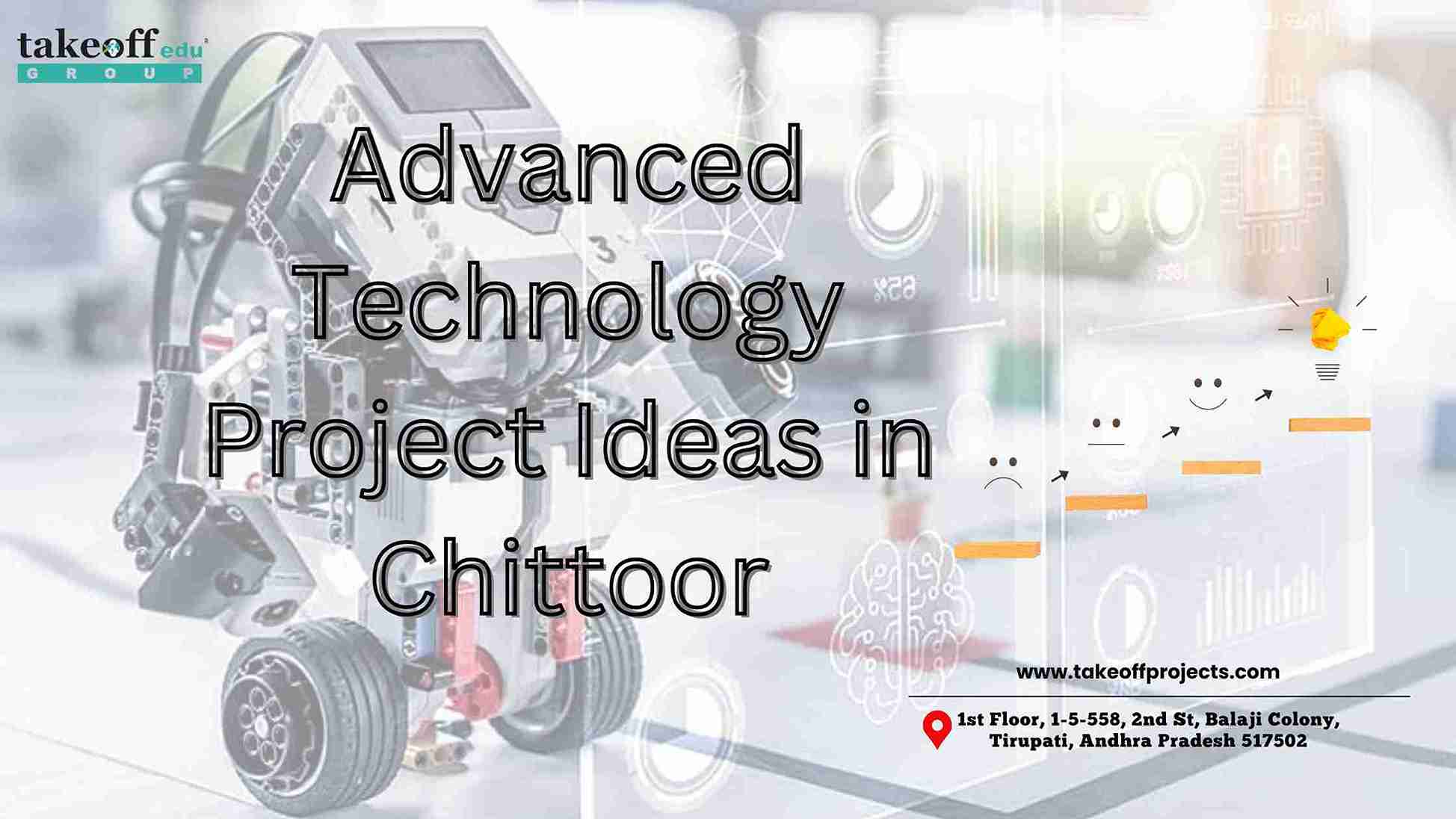 Advanced Technology Project Ideas in Chittoor
Advanced Technology Project Ideas in Chittoor  Top Final Year Project Provider in Tirupati
Top Final Year Project Provider in Tirupati 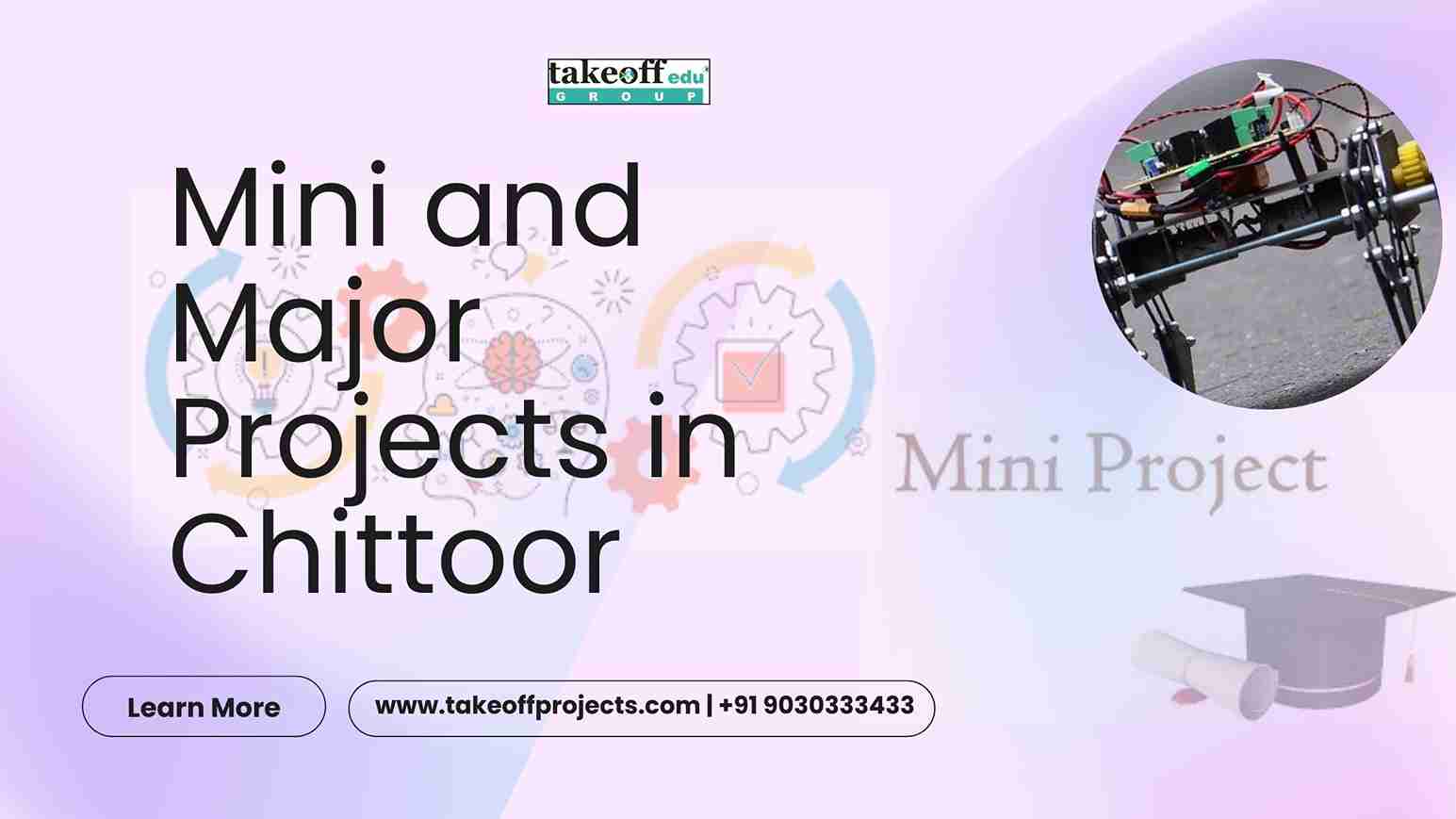 Mini and Major Projects in Chittoor
Mini and Major Projects in Chittoor  Final Year Projects in Tirupati: Unlocking Your Academic Potential
Final Year Projects in Tirupati: Unlocking Your Academic Potential  Affordable Academic Projects in India: A Gateway to Success
Affordable Academic Projects in India: A Gateway to Success 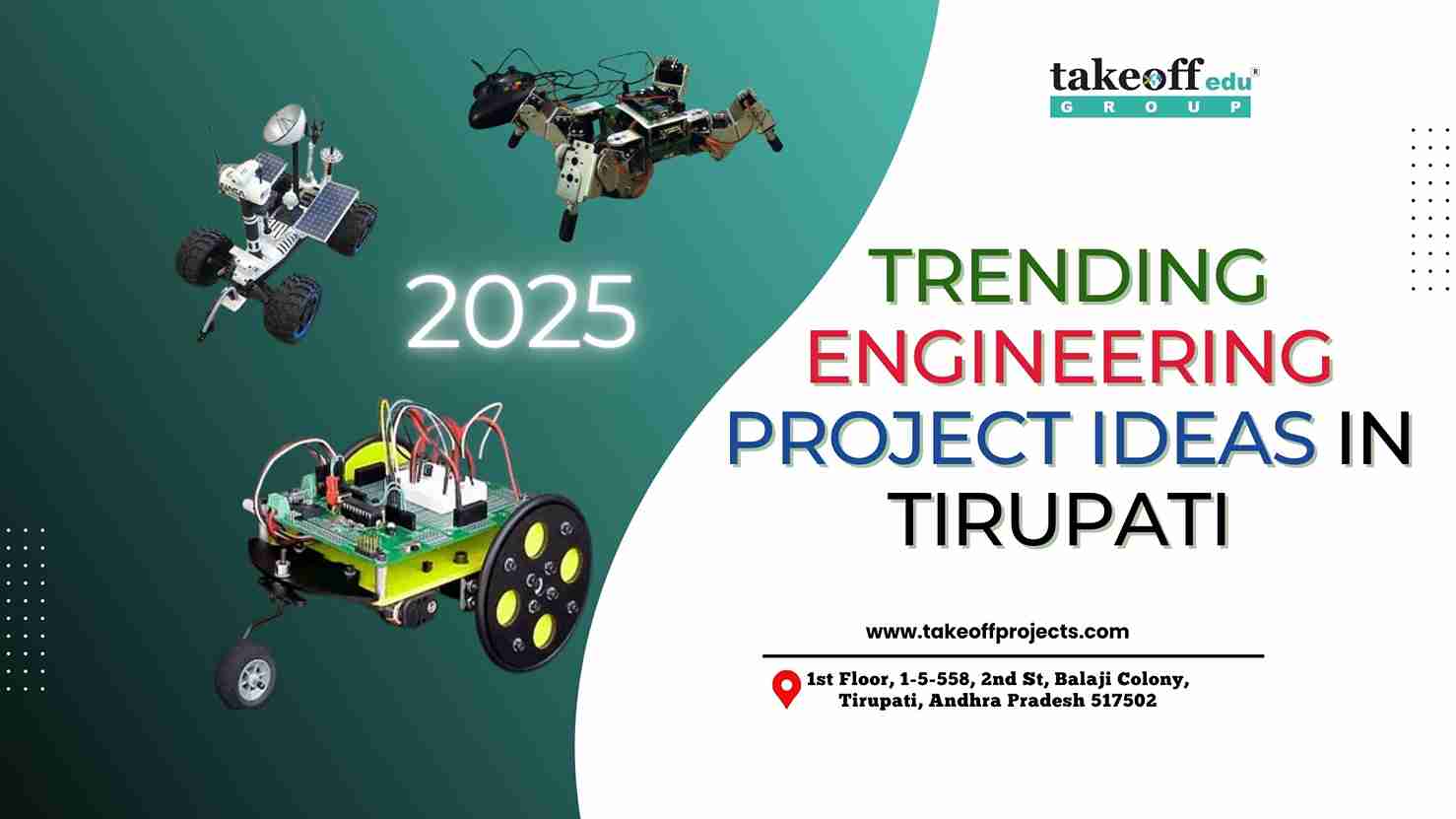 Trending Engineering Project Ideas in Tirupati 2025
Trending Engineering Project Ideas in Tirupati 2025 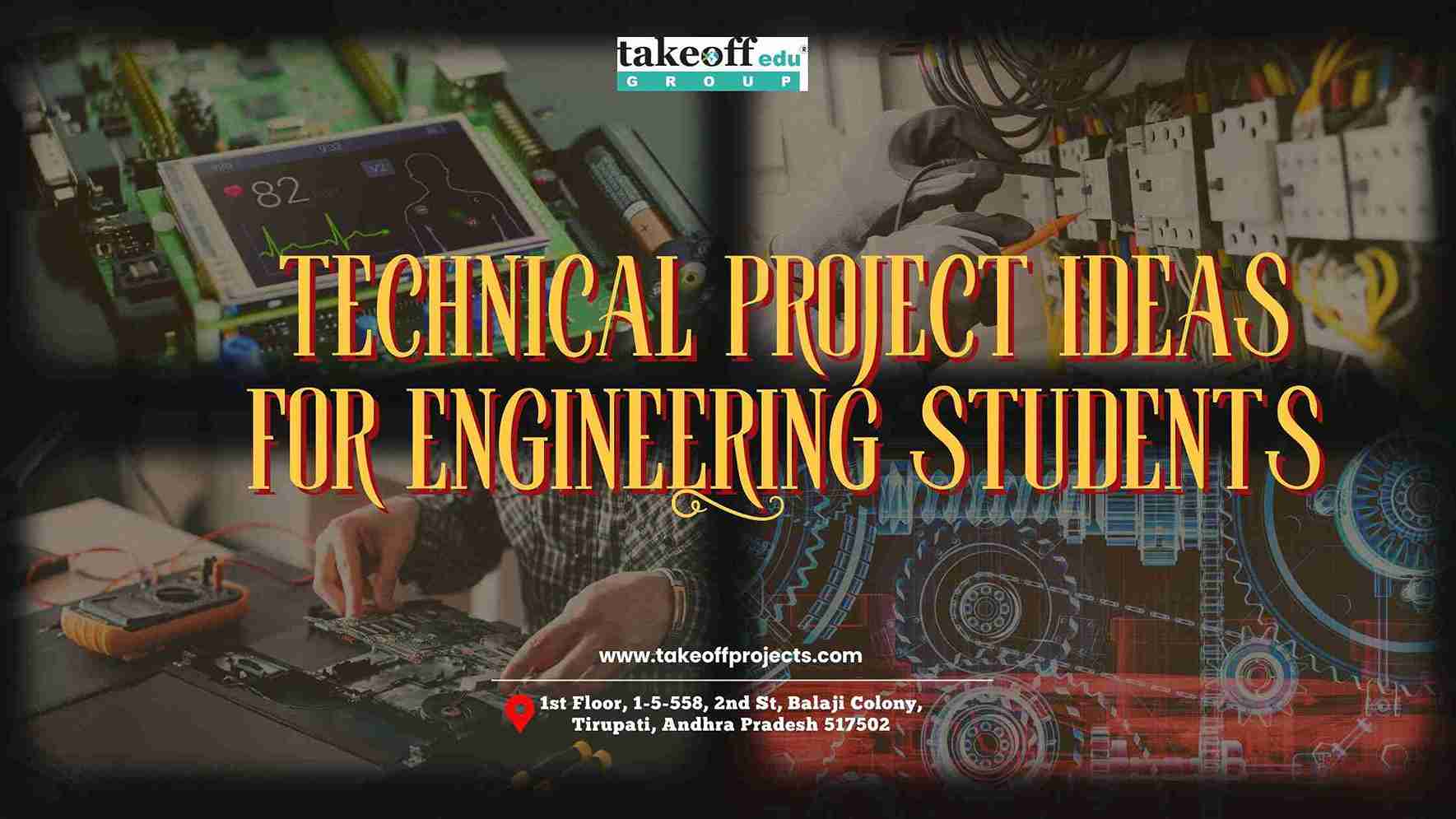 Technical Project ideas for engineering students
Technical Project ideas for engineering students  How Do I Choose A Project Topic Titles For Final Year Engineering Students?
How Do I Choose A Project Topic Titles For Final Year Engineering Students?  Find Best College Project Centers in Andhra Pradesh
Find Best College Project Centers in Andhra Pradesh  Latest Engineering Project Ideas for 2025
Latest Engineering Project Ideas for 2025 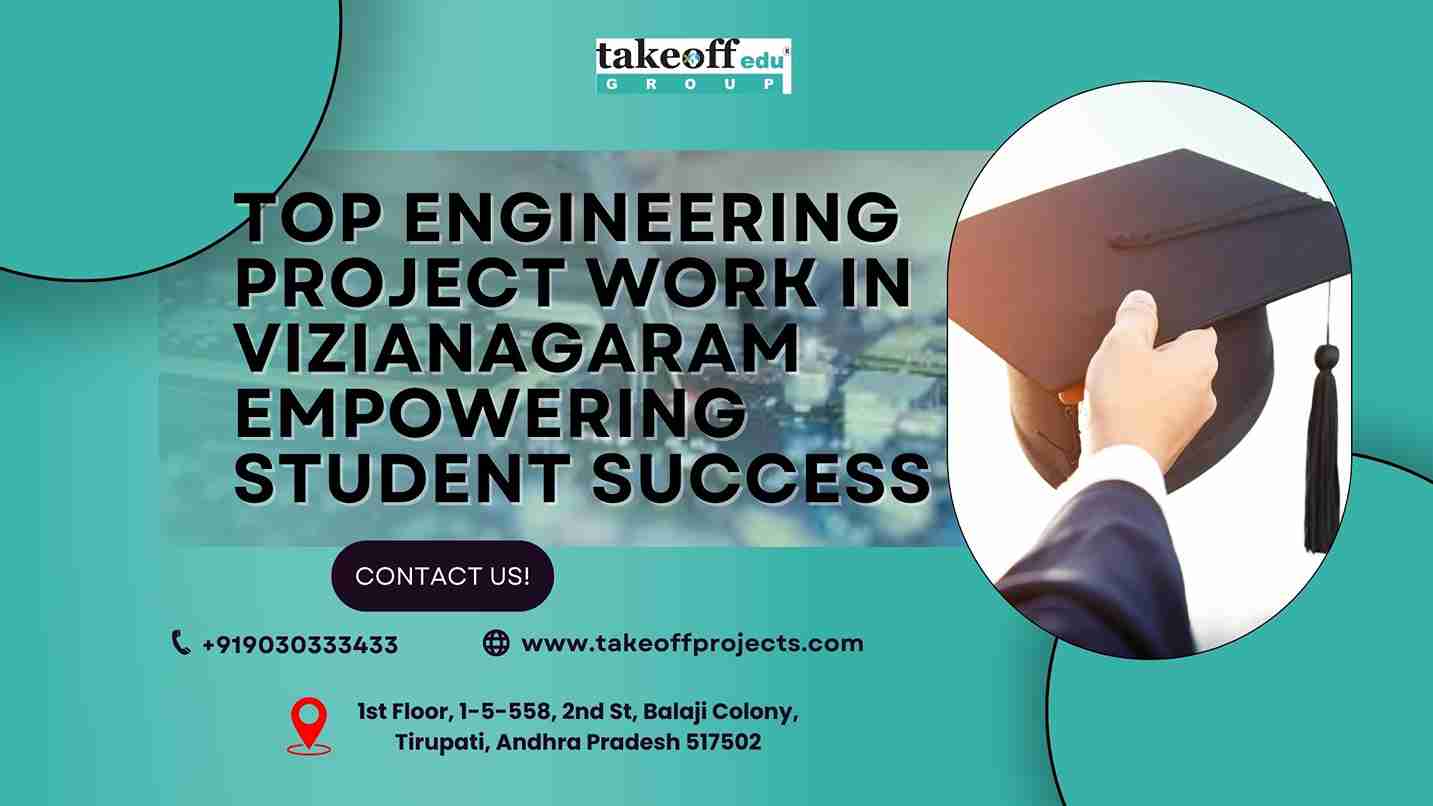 Top Engineering Project Work in Vizianagaram: Empowering Student Success
Top Engineering Project Work in Vizianagaram: Empowering Student Success 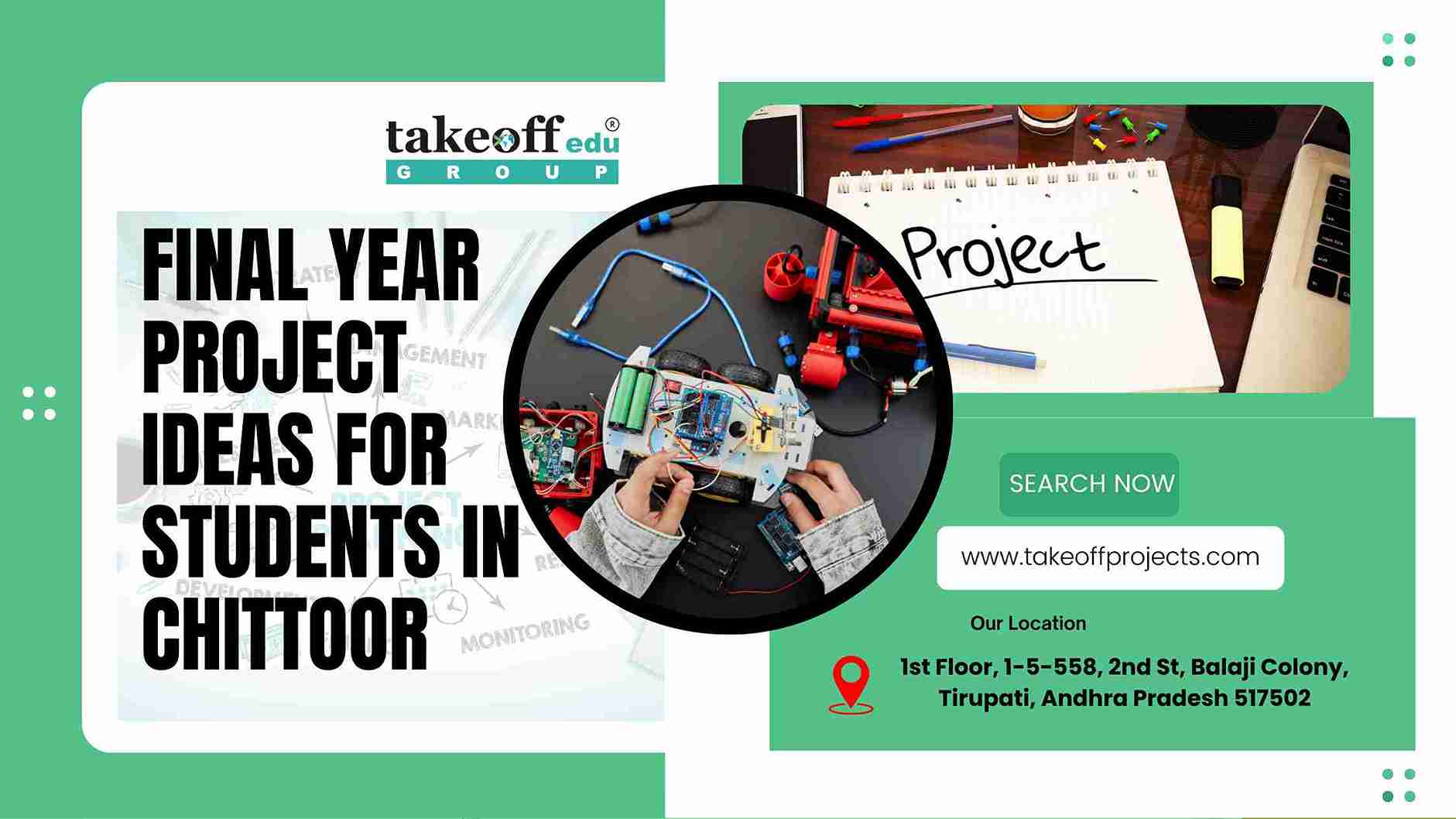 Final Year Project Ideas for Students in Chittoor
Final Year Project Ideas for Students in Chittoor 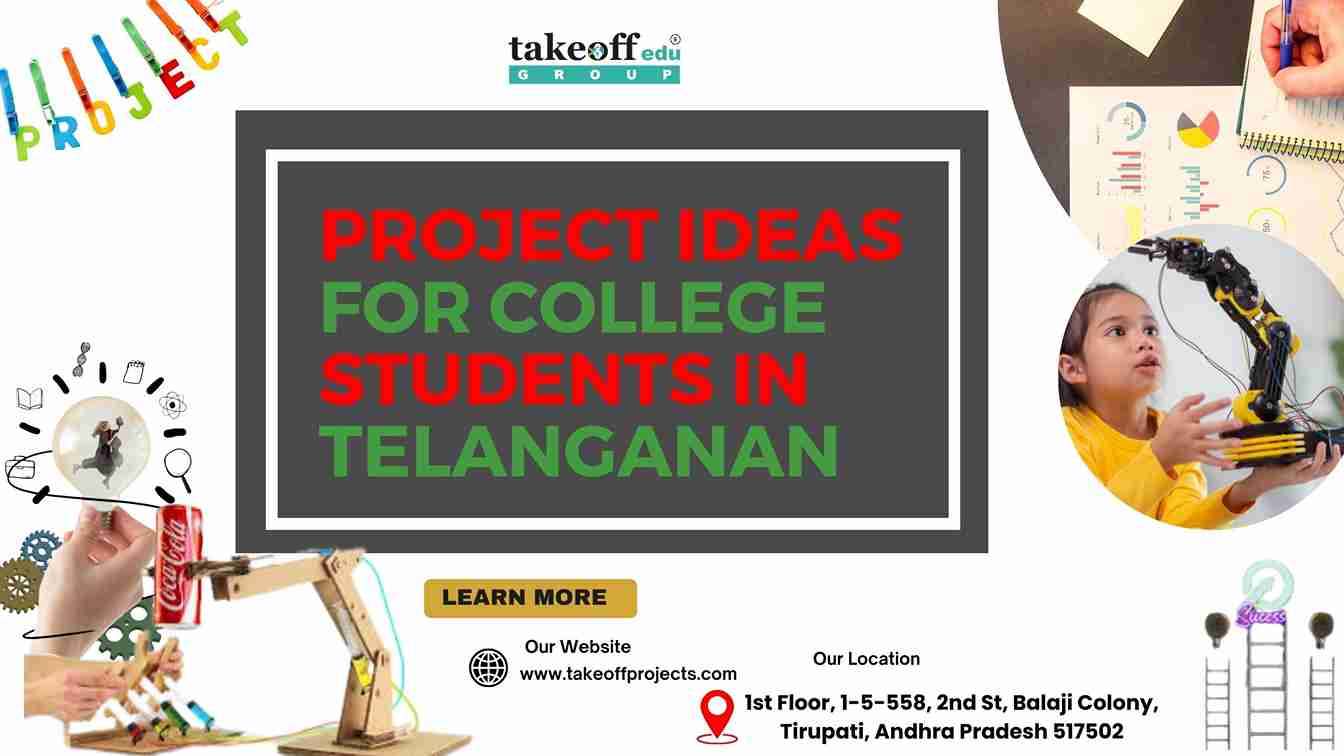 Project Ideas for College Students in Telangana
Project Ideas for College Students in Telangana  Top 10 Mini Project Ideas for College Students
Top 10 Mini Project Ideas for College Students 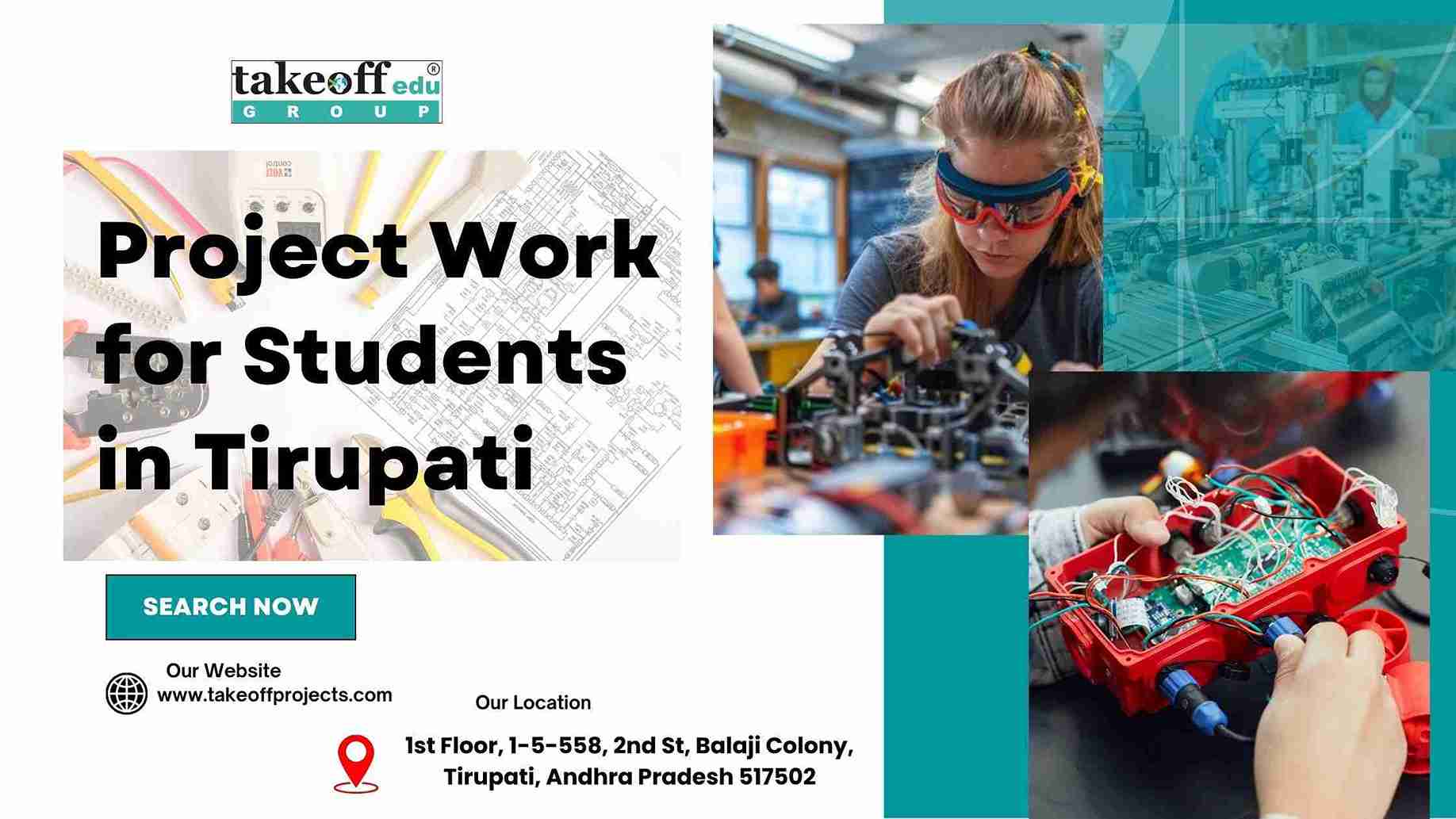 Project Work for Students in Tirupati
Project Work for Students in Tirupati  Best Engineering Projects in Andhra Pradesh: A Comprehensive Guide
Best Engineering Projects in Andhra Pradesh: A Comprehensive Guide  Using Cloud-Based Tools for Collaborative Research Projects
Using Cloud-Based Tools for Collaborative Research Projects  Advantages of Undergraduate Research Opportunities
Advantages of Undergraduate Research Opportunities  How to Prepare for Academic Research Conferences
How to Prepare for Academic Research Conferences  Understanding the Different Types of Academic Research
Understanding the Different Types of Academic Research 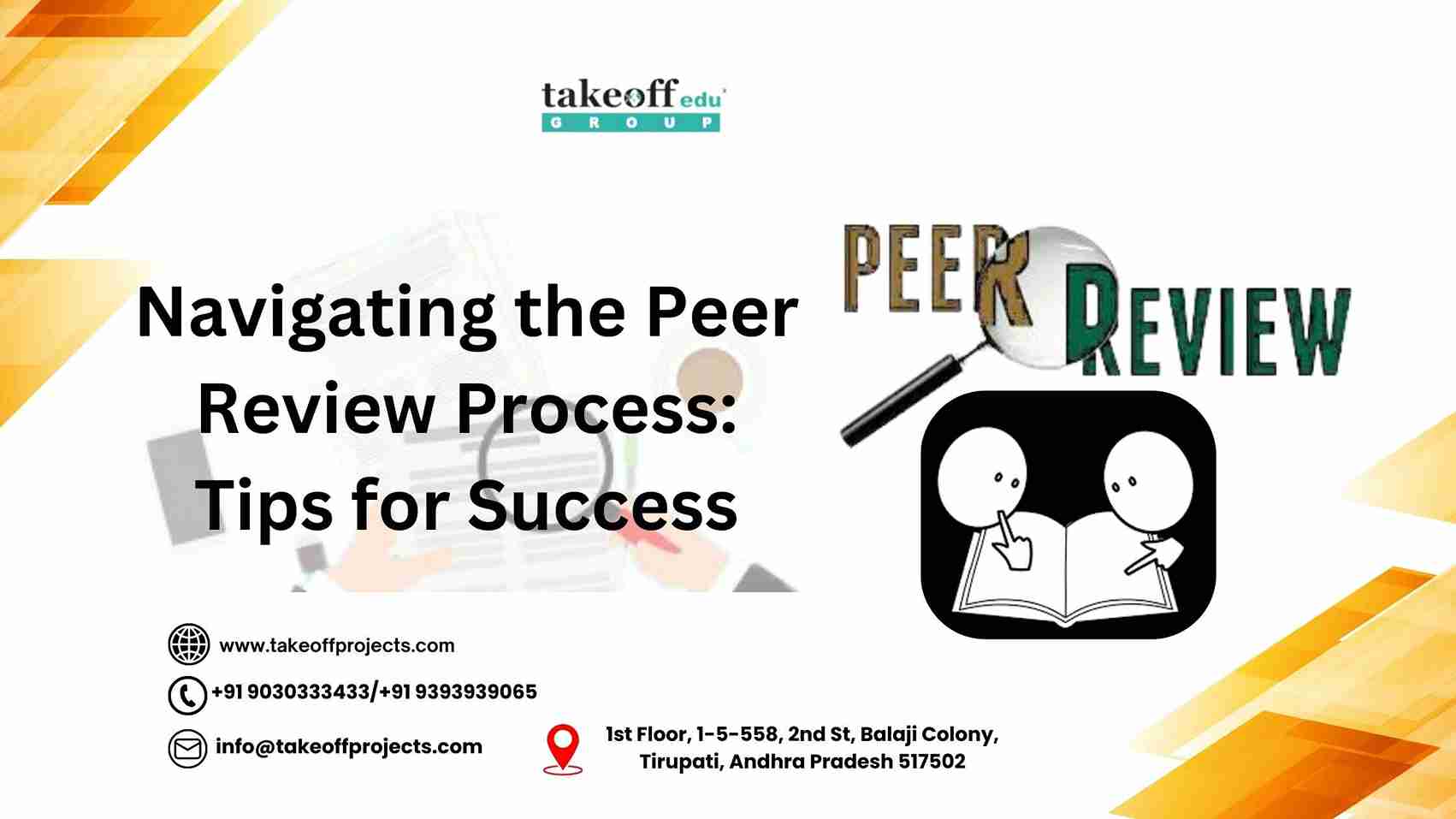 Navigating the Peer Review Process: Tips for Success
Navigating the Peer Review Process: Tips for Success  How to Write the Abstract for a Research Paper
How to Write the Abstract for a Research Paper  The Impact of Academic Research on Policy Making
The Impact of Academic Research on Policy Making 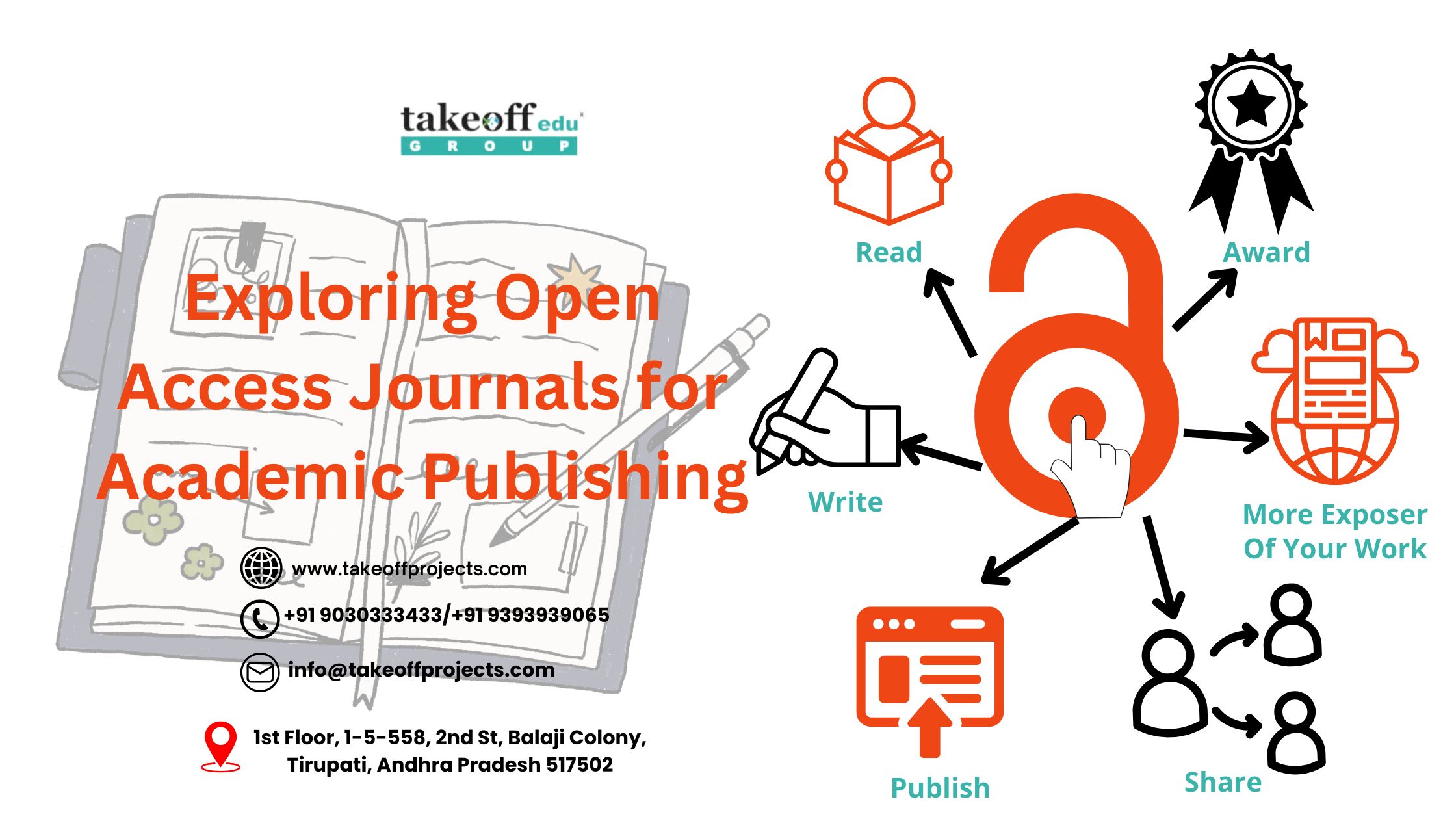 Exploring Open Access Journals for Academic Publishing
Exploring Open Access Journals for Academic Publishing  The Role of Academic Journals in Disseminating Research
The Role of Academic Journals in Disseminating Research  How to Balance Coursework and Research Projects: A Guide to Academic Success
How to Balance Coursework and Research Projects: A Guide to Academic Success  The Importance of Research Ethics Committees
The Importance of Research Ethics Committees  Innovative Teaching Methods to Support Academic Research Projects
Innovative Teaching Methods to Support Academic Research Projects  Creating Impactful Visual Aids for Research Presentations
Creating Impactful Visual Aids for Research Presentations  The Benefits of Peer Review in Academic Research
The Benefits of Peer Review in Academic Research  Surveys and Questionnaires are Effective in Academic Research
Surveys and Questionnaires are Effective in Academic Research  Importance of Documentation Record-Keeping in Academic Research
Importance of Documentation Record-Keeping in Academic Research  Overcoming Challenges in Academic Research Projects
Overcoming Challenges in Academic Research Projects  Leveraging Online Resources for Academic Research
Leveraging Online Resources for Academic Research  Successful Academic Projects in Computer Science: Case Studies
Successful Academic Projects in Computer Science: Case Studies  Building a Research Network: The Importance of Conferences and Workshops
Building a Research Network: The Importance of Conferences and Workshops  How Technology Affects Academic Research?
How Technology Affects Academic Research?  Getting Funding for Your Research Project: Tips and Resources
Getting Funding for Your Research Project: Tips and Resources  Time Management Strategies for Academic Researchers
Time Management Strategies for Academic Researchers  Ethical Considerations in Academic Research
Ethical Considerations in Academic Research  How to Write and Publishing Your Academic Paper?
How to Write and Publishing Your Academic Paper?  Presenting Your Research: Guidelines To Consider When Making An Academic Presentation
Presenting Your Research: Guidelines To Consider When Making An Academic Presentation  Analyzing Research Data: Effective Techniques in Engineering Projects
Analyzing Research Data: Effective Techniques in Engineering Projects  Best Practices for Conducting a Literature Review
Best Practices for Conducting a Literature Review  Writing a Winning Student Research Proposal: A Step-by-Step Guide
Writing a Winning Student Research Proposal: A Step-by-Step Guide  Project Management for Academic Research: Tools and Techniques
Project Management for Academic Research: Tools and Techniques  How to Choose the Perfect Academic Project Topic?
How to Choose the Perfect Academic Project Topic?  Presenting Final Year Project to Your Supervisor
Presenting Final Year Project to Your Supervisor  Trending Engineering Projects in 2024 Future-Ready
Trending Engineering Projects in 2024 Future-Ready  Innovative Renewable Energy Project Ideas
Innovative Renewable Energy Project Ideas  How Engineering Projects Ideas to contribute your academic year?
How Engineering Projects Ideas to contribute your academic year?  Latest Engineering Projects in 2024
Latest Engineering Projects in 2024  Ethical Considerations in Image Processing: Balancing Innovation and Privacy
Ethical Considerations in Image Processing: Balancing Innovation and Privacy  From Pixels to Insights A Journey into Image Enhancement Algorithms
From Pixels to Insights A Journey into Image Enhancement Algorithms 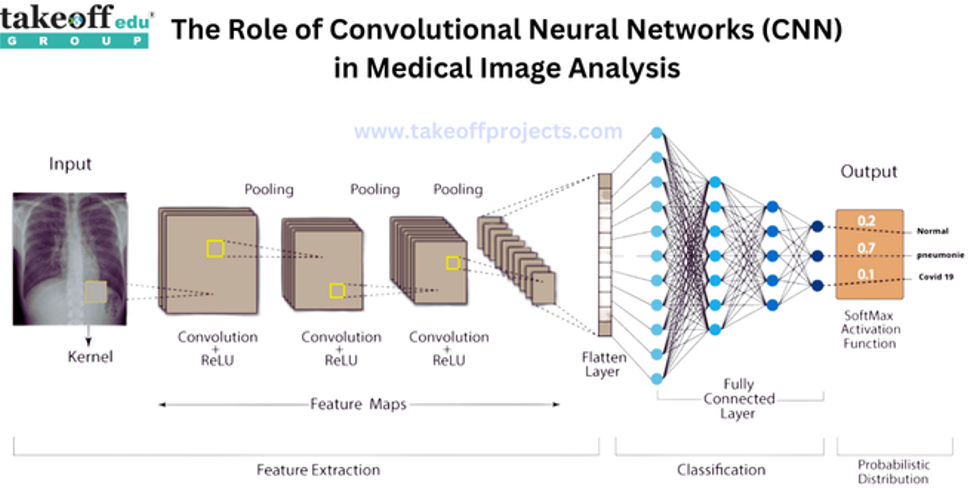 The Role of Convolutional Neural Networks in Medical Image Analysis
The Role of Convolutional Neural Networks in Medical Image Analysis 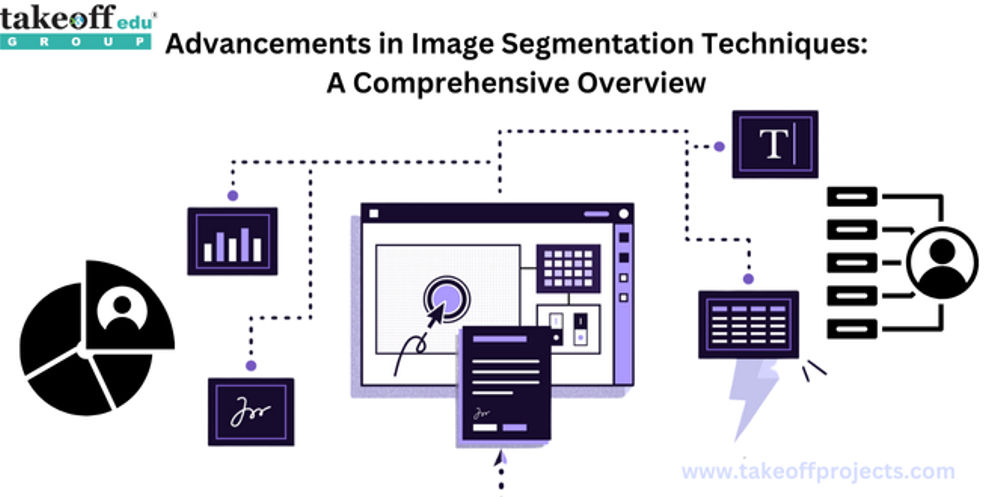 Advancements in Image Segmentation Techniques: A Comprehensive Overview
Advancements in Image Segmentation Techniques: A Comprehensive Overview 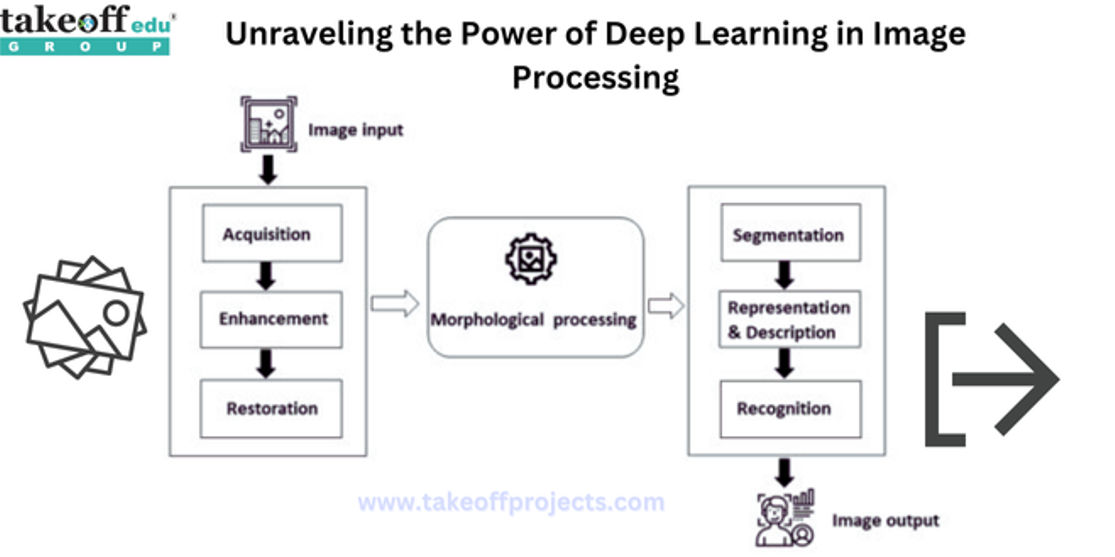 Unraveling the Power of Deep Learning in Image Processing
Unraveling the Power of Deep Learning in Image Processing  Importance of Final Year Projects for Students
Importance of Final Year Projects for Students  How to Present Your Final Year Project to Your Supervisor?
How to Present Your Final Year Project to Your Supervisor?  How to Choose the Right Final Year Project Topic?
How to Choose the Right Final Year Project Topic?  Common Mistakes to Avoid on Your Final Year Project
Common Mistakes to Avoid on Your Final Year Project  How to Write a Winning Engineering Project Report?
How to Write a Winning Engineering Project Report?  Low Cost Mini Projects Ideas for Civil Engineering
Low Cost Mini Projects Ideas for Civil Engineering  Low Cost Mini Project Ideas for Mechanical Engineering
Low Cost Mini Project Ideas for Mechanical Engineering 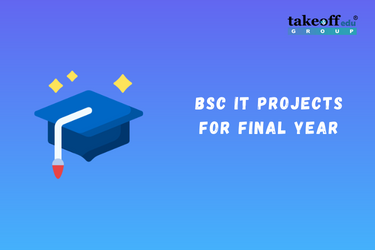 BSc IT Projects for Final Year
BSc IT Projects for Final Year  Instrumentation Projects for Final Year Students
Instrumentation Projects for Final Year Students  Biomedical Instrumentation Projects
Biomedical Instrumentation Projects 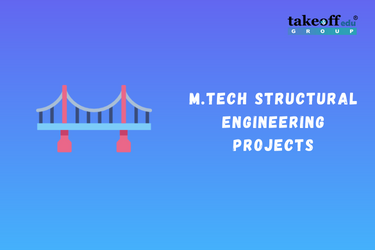 M.Tech Structural Engineering Projects
M.Tech Structural Engineering Projects  M.Tech Thesis Writing Services
M.Tech Thesis Writing Services 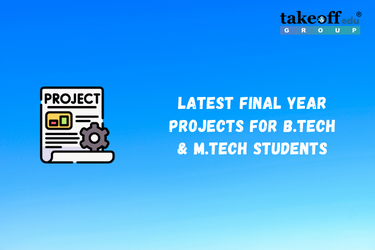 Latest Final Year Projects for B.Tech & M.Tech Students
Latest Final Year Projects for B.Tech & M.Tech Students 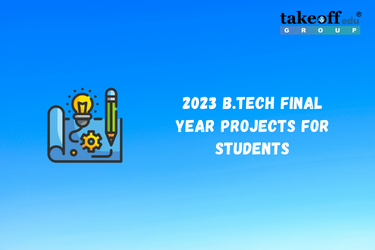 2023 B.Tech Final Year Projects for Students
2023 B.Tech Final Year Projects for Students 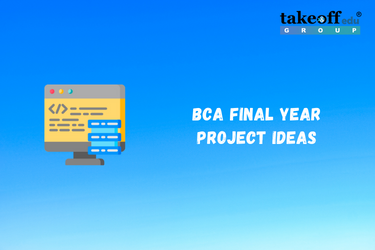 Latest BCA Final Year Project Ideas for 2023
Latest BCA Final Year Project Ideas for 2023  Top BE Projects Ideas & Topics for Students
Top BE Projects Ideas & Topics for Students 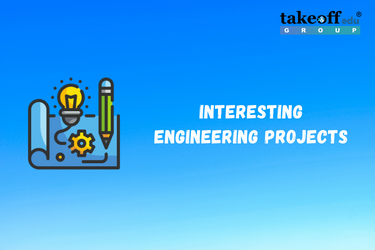 14+ Interesting Engineering Projects
14+ Interesting Engineering Projects 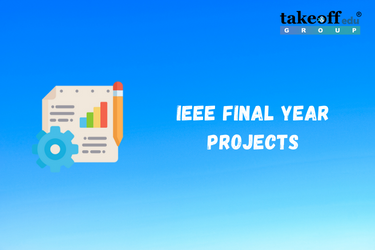 IEEE Final Year Projects
IEEE Final Year Projects 
 Paper Publishing
Paper Publishing


